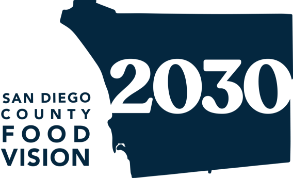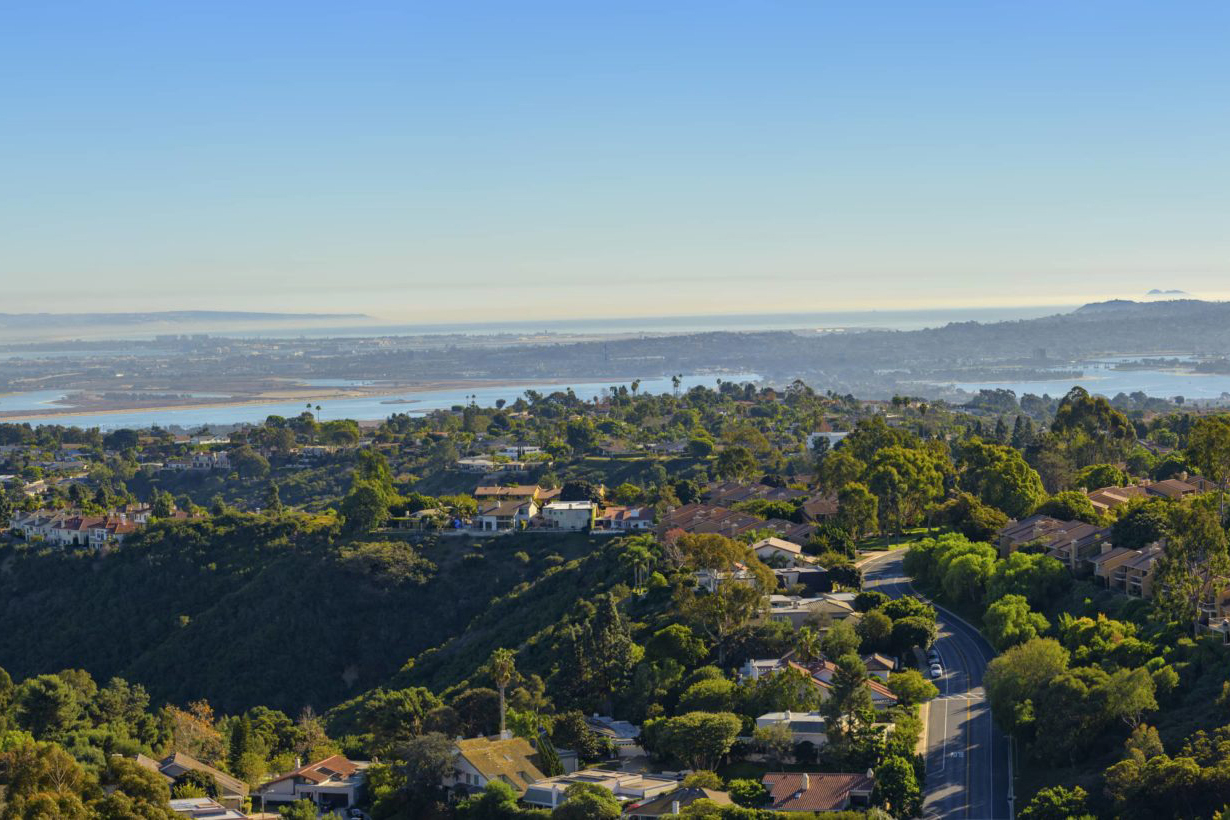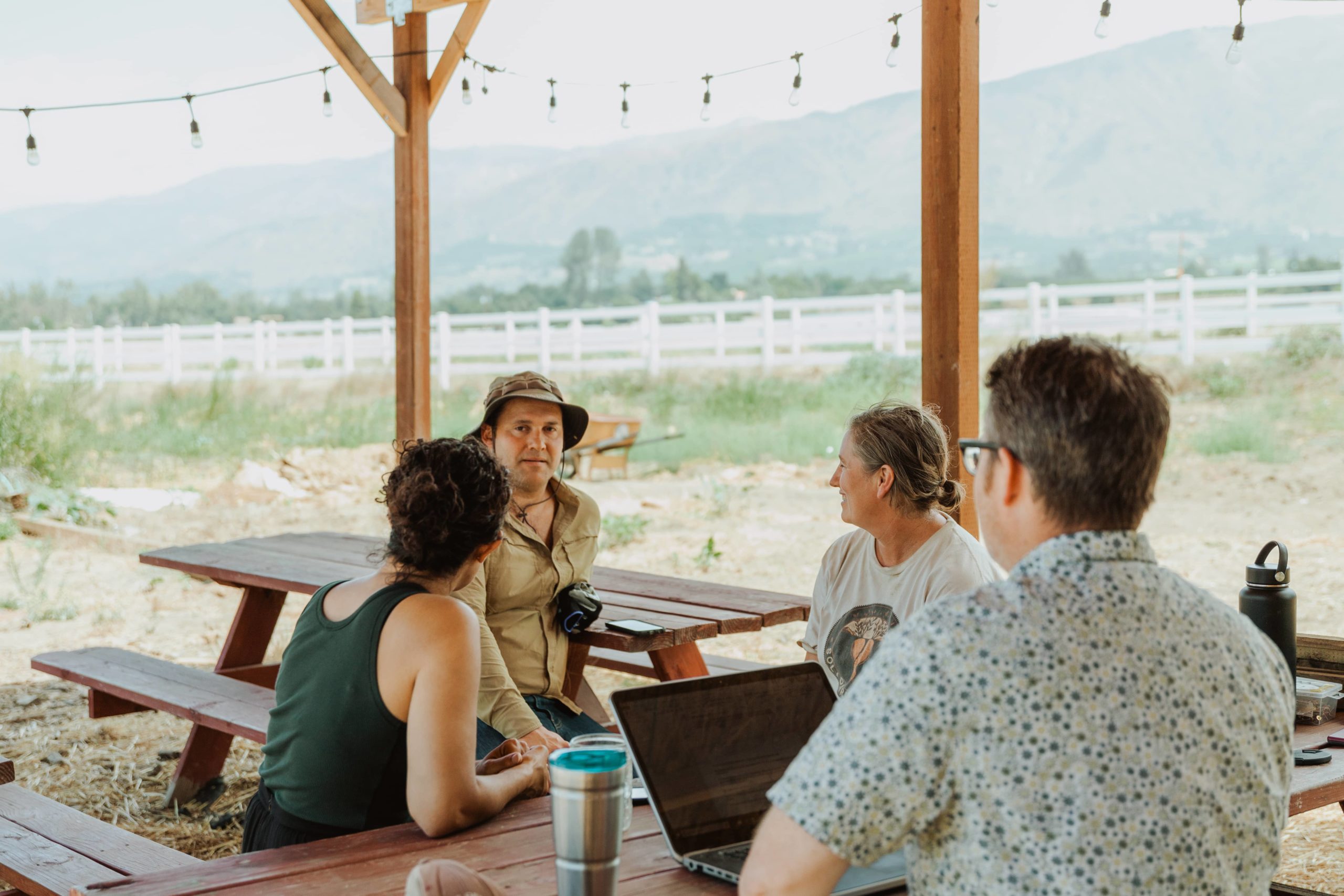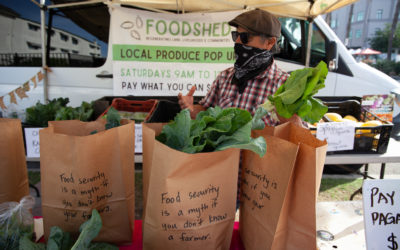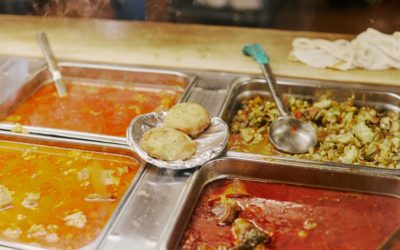Becoming a subscriber to Foodshed’s Fresh 5 program—a weekly distribution of fresh, seasonal produce, grown by the small farmers who make up the Foodshed cooperative—means you’re in for two surprises with every delivery. One is the produce itself: an ever-changing...
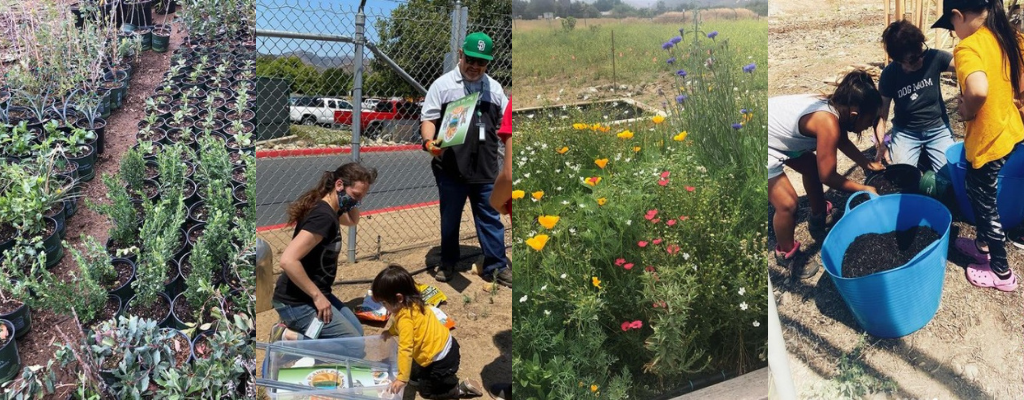
Pala Environmental Department Garden
The traditional territory of the Pala Band of Mission Indians stretches from Warner Springs, home to the original village of Cupa, all the way to the mouth of the San Luis Rey River in Oceanside. The Pala Environmental Department is dedicated to healing this land and protecting the cultural and sacred sites within its boundaries. Kurt Broz was hired by the Pala Tribe as a staff wildlife biologist more than eight years ago to help with this mission. “My job is to focus on the Tribal perspective while using my science background, to make sure that Native vegetation remains—not just food plants, but basket rusches, too,” he said. “In this role, I do a bit of everything. The reservation covers 14,000 acres, which makes it one of the largest in the state.”
Restoring such a large area is a monumental task, which the Pala Environmental Department is tackling one small plot at a time. “We need to replace our grass lawns and oleanders with Native plants. Then you would see more butterflies and lizards come back,” said Broz. “There are lots of non-Indigenous groves—avocados, citrus, organic, not organic—on tribal land. For the garden, though, we wanted to focus on restoring native varieties.”
The Pala Community Garden was started with a grant from CocaCola for the empowerment of women and Indigenous food sovereignty. It wasn’t the first attempt at a Pala community garden, but it has proven to be the most successful. “The previous garden project and wildlife habitat was too far away from the center of town and no one used it,” Broz explained. “Pala is more suburban, so we knew that we needed to place the garden appropriately. Next to the administration building, there was a wastewater pond and about three or four acres of Tribal-owned lands. The building is a place where residents often stop by to take care of administrative tasks, and come together for things like senior lunch. The vision was to create a garden with two-thirds dedicated to Native, low-water plants and Indigenous foods and the other third used for sustainably-grown lettuce, herbs, and fruit trees, which are not culturally important, but will serve the community needs.” People weigh in on what gets planted in the edible section of the garden via the Pala Facebook page.
The garden is part of a larger vision to protect and reclaim traditional food systems. Acorns are one of the most sustainable food sources, but to render them edible, the tannins must be leached out. This process was developed over ten-thousand years ago, but that kind of ecological and culinary knowledge is being lost. “The hope is that those who are preserving Native traditions through cultural events, weddings, funerals, and community gatherings will be able to glean Native ingredients from the garden,” said Broz. “It’s hard to have enough acorns for all 1,200 members of the reservation—the garden can’t be the only solution—but it might be a good supplement. Our hope is that the garden will grow into a network of self-sustaining little gardens.”
Restoring Native environments and protecting Indigenous traditions will require multi-generational involvement. “A lot of people don’t necessarily understand Tribes,” says Broz. “Funders often say, ‘We’d like to donate toward x resource that we believe will be helpful,’ rather than asking, ‘What do you need?’ To make real impacts and truly support tribal communities, we have to listen, understand, and adapt to the needs they express.”
Broz sees a large part of his job as ensuring that future generations are prepared to continue stewarding the land and deepening their understanding of tribal ways and native plant species. He proudly runs @planet_pala, the Instagram account of the Pala Environmental Department, where he posts photos of native plants with short, educational captions, and reminders about events on tribal land. He and his team have also put together a lesson plan on food systems, which includes a “food system trunk” that can be loaned out to teachers. The trunk includes an inflatable Earth, props about pollinators, plants, and carnivores, and other items that help make the connection between science and food. “I want to bring younger members into positions like mine,” he says. “I hope the programs we run are inspiring younger generations to take on active roles in the environmental reclamation of their lands.”
Broz shares a vision with Pala tribal leaders for making an impact beyond what can be done within the reservation’s borders. “We are applying for funds to build a nursery facility where seedlings for local species will be started, for community members to take and grow elsewhere in the region,” says Broz. “Pala people are historically from Warner Springs, but were forced from their land onto what is now known as the Pala reservation. That means they no longer have access to traditional plants like willows, sages, junipers, and incense cedars. The nursery could change that,” he said. “The Native perspective is not at all like the European view of ‘This is a plant for food, whereas this plant is lumber.’ It is a more holistic approach that connects past and future, and that’s what we’re really trying to restore.”
